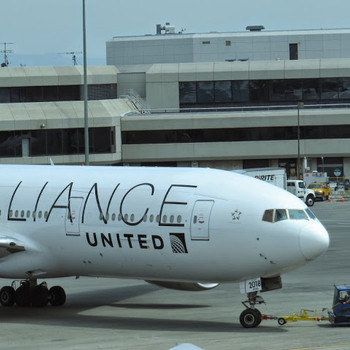Question #72096
2 Answers
The limit equals
Explanation:
Divide by the highest power, which is
#L = lim_(x->oo) ((3x^2 + 3)/x^2)/((x^2 - 7x +9 )/x^2)#
#L = lim_(x->oo) (3 + 3/x^2)/(1 - 7/x + 9/x^2)#
We know that
#L = 3/1#
#L = 3#
Hopefully this helps!
Because the expression evaluated at
Explanation:
Given:
To apply L'Hôpital's rule, differentiate the numerator and the denominator:
Because the above, also, yields the indeterminate form
L'Hôpital's rule states that the original limit goes to the same value:

